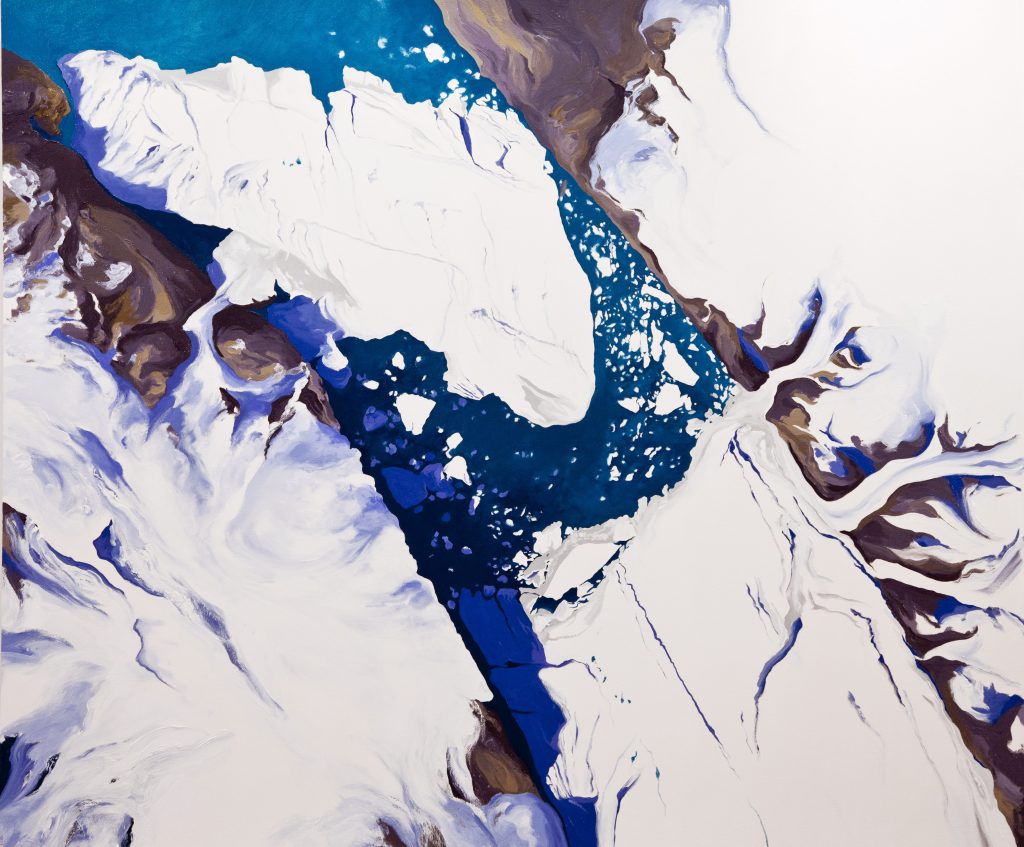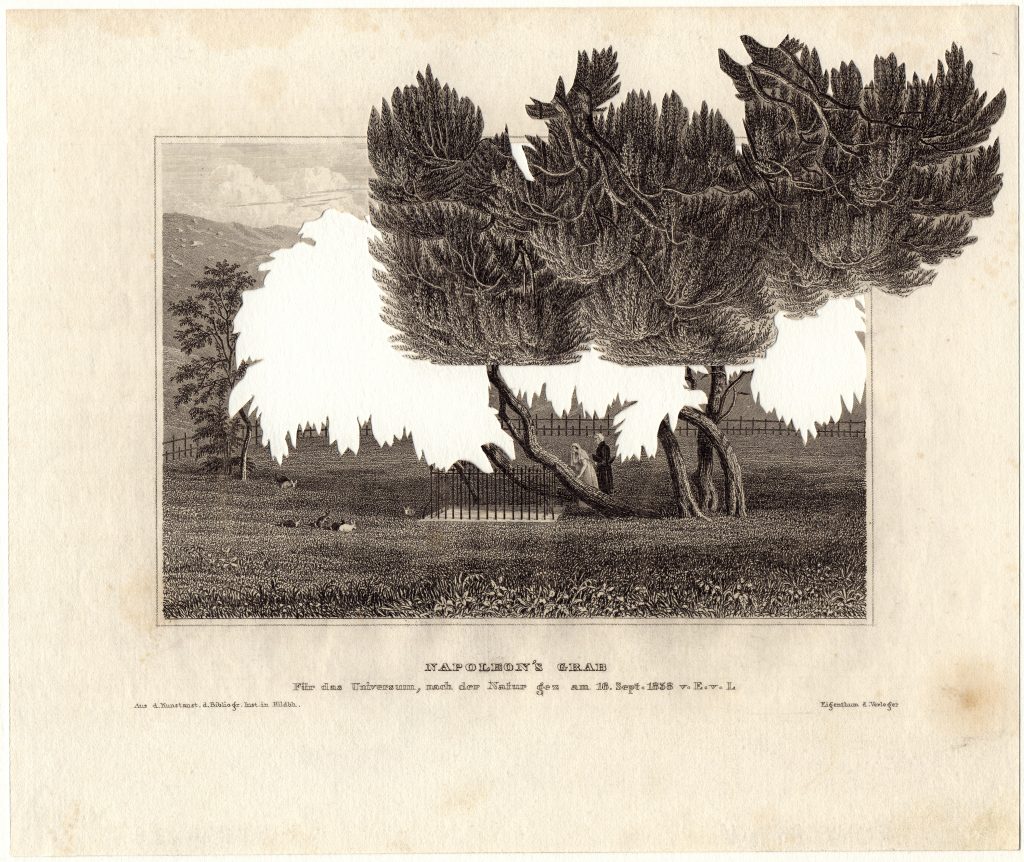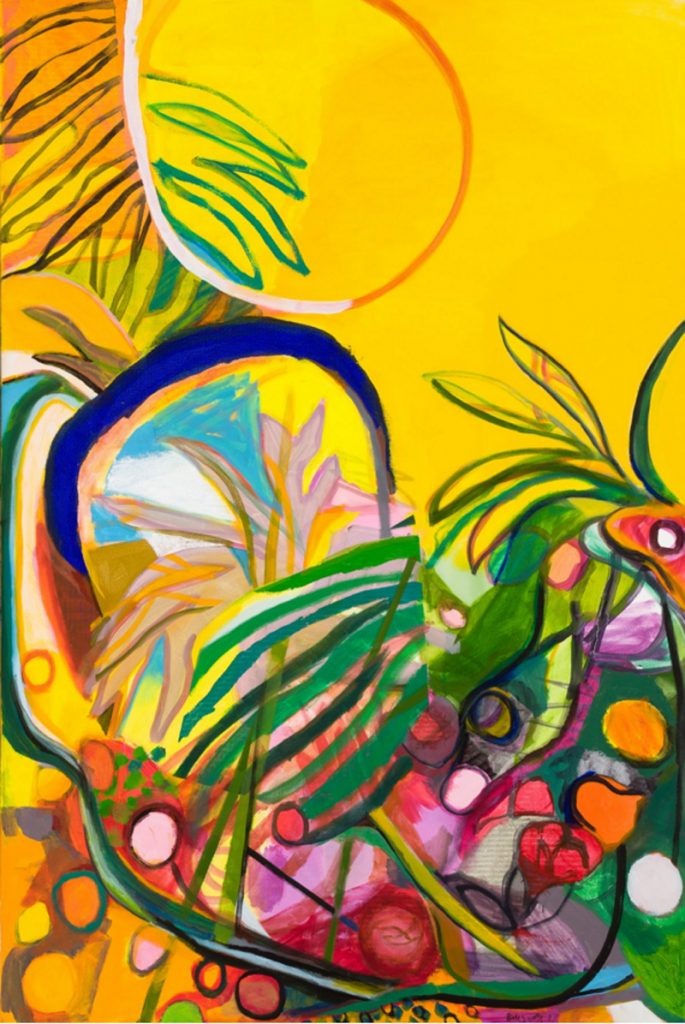 Leaf and Line, oil on canvas, 63″ x 42″, Bill Scott, 2017
Leaf and Line, oil on canvas, 63″ x 42″, Bill Scott, 2017
Bill Scott: Leaf and Line, Hollis Taggart Galleries
This month, Hollis Taggart Galleries will present Bill Scott: Leaf and Line, the artist’s seventh solo exhibition at the gallery, featuring twenty-five of Scott’s recent paintings. A catalogue accompanies this show with condensed critiques by eight contributors – artists, curators and writers – who offer very personal and inspired reactions to the painter’s lively compositions.
Bill Scott’s new body of work is rooted in his classic vibrant palette, fluid brush strokes and masterful balance of abstraction. Propelled by inspiration from nature, the painter continues his exploration of form and color in a fresh way. References to the natural world, details of leaves, blades of grass, branches and discernible elements of flora are boldly juxtaposed against areas of pure hues and spirited abstraction that dances with myriad details. The show once again is a testament to Scott’s imposing ability to dance the line between abstraction and representational, creating a tension in the viewer’s mind that asks the question; do we know this scene that is depicted before us? It is through this tension and this line of questioning that the viewer’s curiosity is peaked.
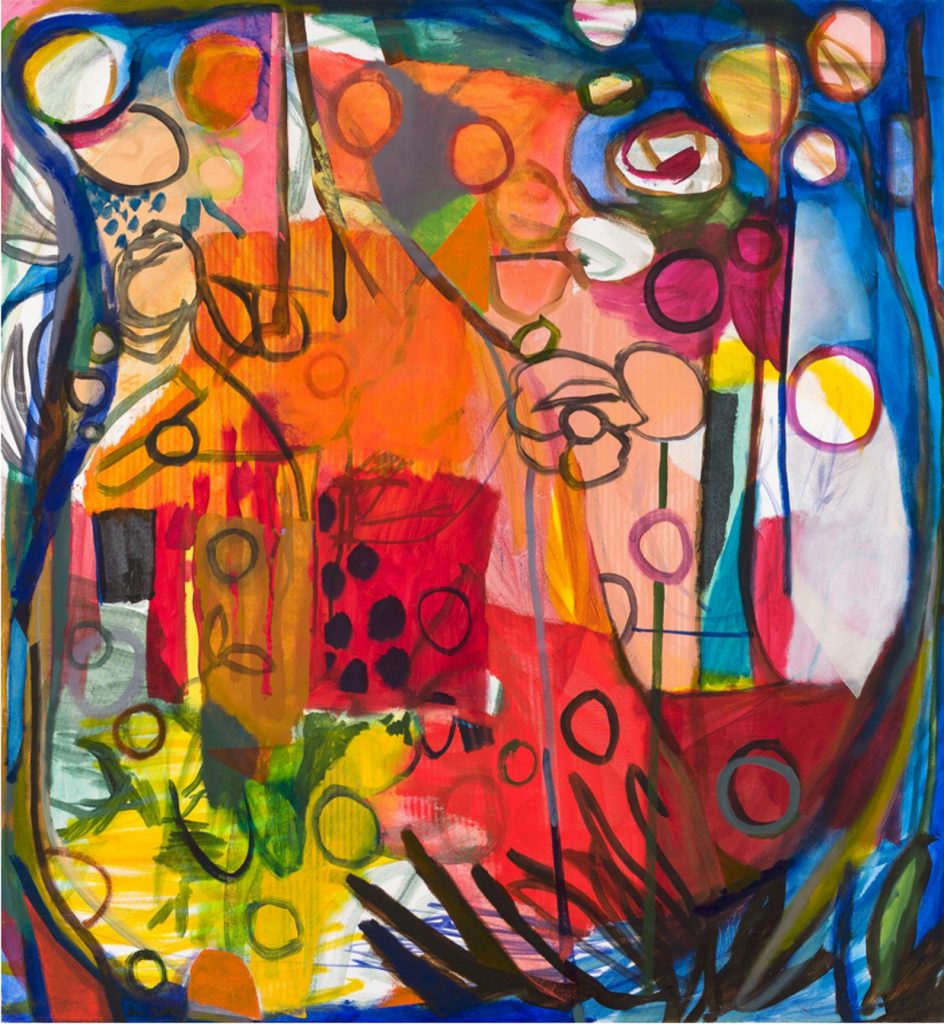 A Storybook October, oil on canvas, 48″ x 45″, Bill Scott, 2017
A Storybook October, oil on canvas, 48″ x 45″, Bill Scott, 2017
Demonstrating the confidence and control of a seasoned painter, Scott’s most recent studio offering reveals a freer, more expansive pictorial space and use of white. The surfaces of the works are comprised of layer after layer of paint – a skill he has been honing his whole career. Complex, but never muddy, the overlapping elements in the paintings appear both spontaneous and carefully arranged at the same time. A Garden in the Studio bursts with energy and is like most of Scott’s work, an affirmation of the sheer joy of painting. Similarly, in Leaf and Line, vague pictorial plant references are placed among undulating free forms of shapes and color and all set against a dramatic expanse of yellow in the upper quadrant. Harmony is always achieved with the painter’s virtuoso talent and pure intuition to combine hues, structure and movement.
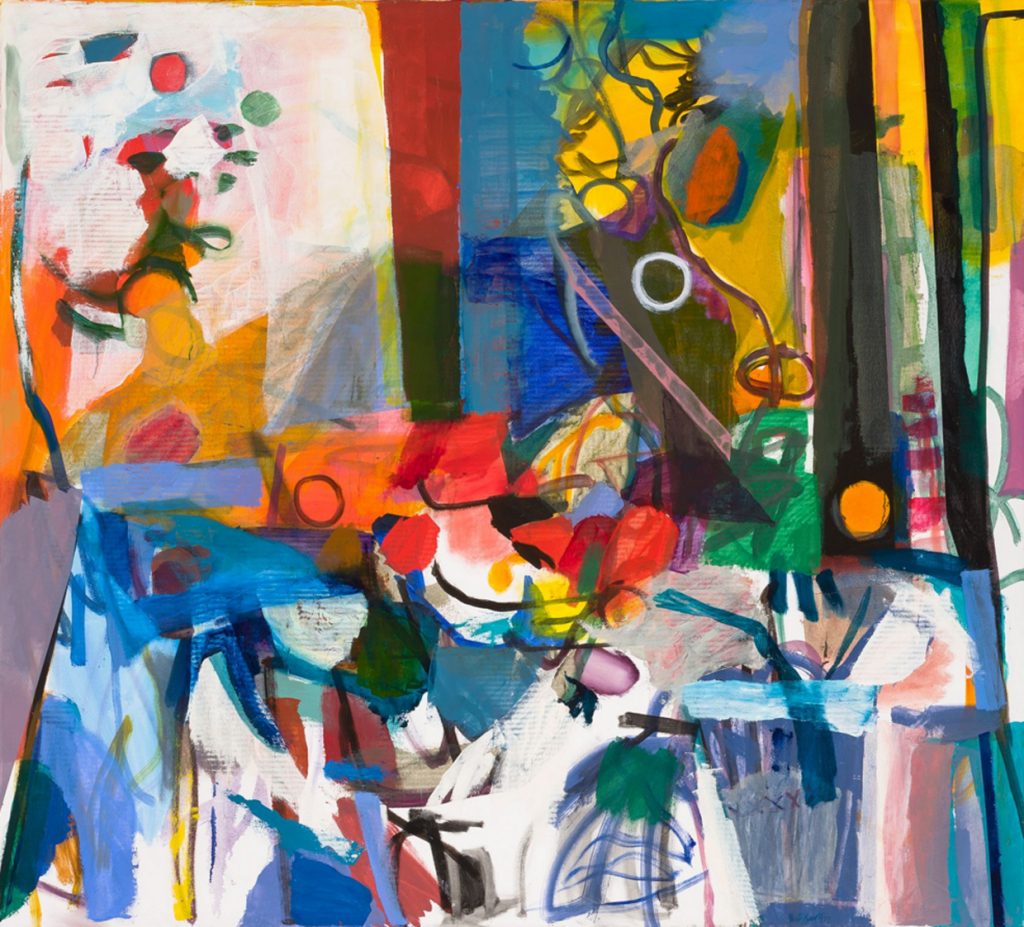 Homage, oil on canvas, 60″ x 55″, Bill Scott, 2017
Homage, oil on canvas, 60″ x 55″, Bill Scott, 2017
Scott, who lives and works in his native Philadelphia, spent what he considers to be pivotal periods of time working alongside Joan Mitchell in France and Jane Piper in Philadelphia. He formally began his career studying at the Pennsylvania Academy of the Fine Arts in 1974, an institution at which he was to become a teacher for many years. He is represented in countless museums, private collections and institutions, and he is a noted scholar on the work of the French Impressionist, Berthe Morisot.
Bill Scott: Leaf and Line, Hollis Taggart Galleries , Chelsea, 521 W 26th Street, 7th Floor, New York, NY 10001
March 15th through April 28th, 2018
Thank you to Ginx Hudgins for the content of this post.
Like DoNArTNeWs Philadelphia Art News Blog on facebook
Follow DoN on Twitter @DoNNieBeat58
@donniebeat on Instagram
Affiliate Marketing Disclosure Statement
Donate via safe and secure PayPal in the sidebar.



